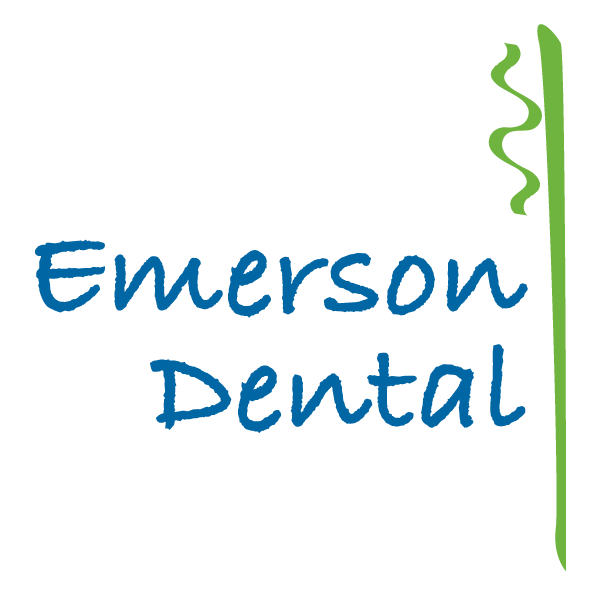Crown lengthening is a periodontal procedure that is performed on the periodontal (gum) tissue. The purpose of the gums is to support the teeth, holding them securely in place so that you can chew and speak effectively. The gums cover the roots of your teeth, leaving the crown of each tooth exposed.
What is crown lengthening and why is it performed? Here’s what you should know to determine whether or not the procedure is right for you.
What is a Crown Lengthening Procedure?
Crown lengthening is the process of removing some of the gum tissue that covers the teeth. It typically only requires local anesthesia to numb the gums and remove some of the tissue. The latest technology in crown lengthening procedures involves the use of a dental laser to remove the gum tissue. Dental lasers naturally cauterize the tissue as it is removed to reduce bleeding and accelerate healing.
Why is Crown Lengthening Performed?
Crown lengthening may be performed for a few different reasons:
- Cosmetic improvements. When there is excess gum tissue covering the teeth it can make the teeth appear small or give you an overly gummy smile. Crown lengthening can improve the appearance of your teeth and give you a more natural smile.
- Make room for a dental crown. A tooth with severe decay or that is broken off close to the gum line may not have enough tooth enamel available for a crown to fit. Crown lengthening can remove some of the gum tissue to expose enough enamel for a dental crown to be placed, thus saving the tooth.
- Treat and prevent gum disease. Excess gum tissue over the teeth can increase the chances of developing gum disease and make it more difficult to treat. If you have had a problem with recurring gum disease, crown lengthening may provide a solution.
Benefits of Crown Lengthening
Crown lengthening offers a wide variety of benefits:
- Improved dental health. Crown lengthening can make it possible to restore a tooth with a crown that might otherwise be unsavable. It also makes it easier to keep your teeth clean, reducing the risk of tooth decay.
- Improved oral health. Removing excess gum tissue can treat existing gum disease and prevent it from returning, which improves your oral health.
- Improved appearance. Crown lengthening can make your smile look more natural, which can boost your confidence and mood.
Who Performs Crown Lengthening?
Crown lengthening is a periodontal procedure that can be performed by a dentist or periodontist, as long as they have the necessary training and experience. A dentist can obtain periodontal certification by completing additional training and testing.
What Can I Expect For Recovery From Crown Lengthening?
After crown lengthening you will need to eat a soft food diet to avoid damaging the gum tissue while it heals. Avoid spicy and acidic foods that may irritate the inflamed tissue. You may be prescribed medication or a mouth rinse to accelerate healing and prevent infection. Gum tissue may swell afterwards, but applying ice can reduce it.
Do not floss your teeth for the first week after crown lengthening. After the first 24 hours you can carefully brush your teeth with a soft-bristled toothbrush. Avoid vigorous brushing that could irritate or damage the gum tissue.
Emerson Dental Provides Crown Lengthening
We provide a wide range of dental services, including periodontic and endodontic procedures. We have a highly qualified periodontist on staff, Dr. Gabriel Boustani, who has extensive experience with periodontal procedures, including crown lengthening. Whatever the reason for the procedure, we can provide you with the solution you need.
Contact us today to learn more and schedule an appointment at one of our 2 convenient locations.

